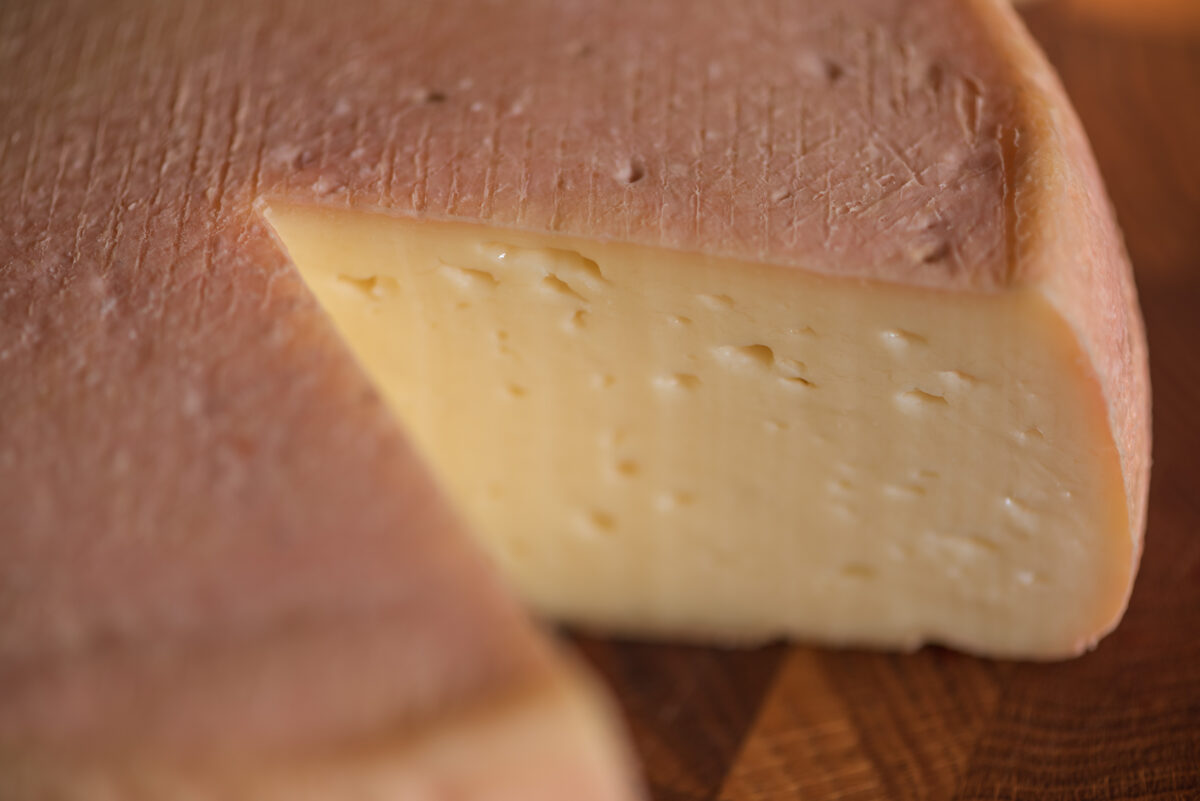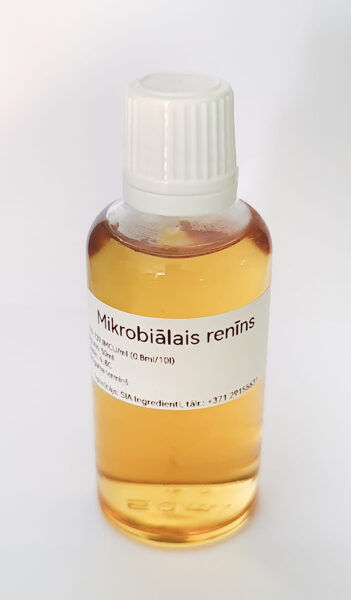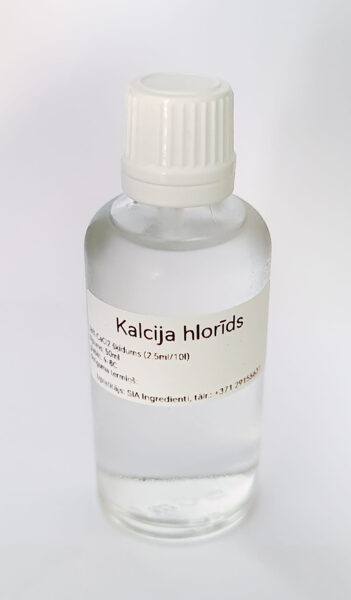
Required:
Preparing (1h 20min)- Before starting, we should disinfect all surfaces and dishes that may come into contact with milk.
- Determine whether milk is suitable for making cheese. It has to go through the bactericidal phase (cold milk from the previous day usually works). If you have a PH meter, the PH level of milk should not be outside the PH 6.55–6.75 range (which is very rare).
- Pasteurize milk: heat it to 65 °C and keep it at this temperature for 30 minutes. Can heat up to 70 °C and hold for 15 minutes.
- Quickly cool the milk, for example, in a cold bath to 32 °C (it could take 15 minutes), or heat the already pasteurized milk.
|
Processing (3h 20min)
- Add cheese culture Micromilk ME 1g. (our milk pH was 6.37)
- Wait 5 minutes and mix the cheese culture into the milk.
- Add calcium chloride - 2mg and rennet - 1mg and mix into the milk within 30 seconds. Before adding, calcium chloride and rennet must be dissolved in 50ml of clean water.** Calcium chloride and rennet should be added separately.
- The rennet should be added in the range of the milk PH 6.45-6.6. In our case, it was PH 6.37.
- After adding rennet, allow time for the milk to coagulate (form a single curd) to determine the flocculation point. Typically, the flocculation point for most cheeses is 3. This means that if the milk coagulates in 12 minutes, the next step can only be taken after 36 minutes from the point rennet was added (12x3=36 minutes). The acceptable time for curd formation is 10-15 minutes. If it is shorter or longer, the physical properties of the cheese will be affected.
- When testing this recipe, in our case, the milk thickened in 20 minutes, so we leave it for another 40 minutes, making the total time 60 minutes from the addition of rennet.
- Cut vertically with a 1.5cm spacing and leave for 5 minutes.
- Cut horizontally with a 1.5cm spacing and leave for 5 minutes.
- Heat to 39C over 20 minutes and carefully stir from the bottom up.
- At this point, the acidity level of the milk has already reached pH 6.31 at 38C.
- Remove 40% of the whey (to the level of the cheese curd)
- Add clean water (~3l) at 25C to achieve a total temperature of 32C
- Stir continuously for 20-30 minutes.
|
Pressing and salting
(13h. 20min. and 9h.)
- Place the cheese curds in the cheese mold and leave for 20 minutes.
- After 20 minutes, flip to the other side and leave for approximately 60 minutes.
- After 60 minutes, leave it overnight. You can apply a very slight pressure, or simply let it press under its own weight.
- In the morning, place the cheese in a salt brine where it is soaked in the refrigerator for 6 hours per kilogram.
- After salting, dry the cheese with a paper towel and place it in an open container in the refrigerator at a temperature of ~12C for 24 hours.
- During this time, prepare a new Brevia Linens (Brevibacterium Linens) solution: dissolve 2g of salt in 100ml of water, add a small amount of BL (Brevibacterium Linens) bacteria and an equal amount of GEO (Geotrichum Candidum) bacteria, and leave it in the refrigerator for 24 hours.
- After 24 hours, coat the cheese with the solution using a cotton swab and return the cheese to the refrigerator with the open container.
- For the first two weeks, coat the cheese daily only with the salt solution without adding BL (100ml water + 2mg salt). Then, wash the cheese less frequently.
- After ten days, start to firm up the cheese in a closed container, but make sure the cheese is no longer wet and the rind is slightly sticky after standing.
Maturing time is one month, storing the cheese in anaerobic conditions (without contact with oxygen), for example, in foil, vacuum, or cheese paper, the cheese will develop its characteristic and strong aroma, which may not be to everyone's liking, but the taste will always be good. The main thing is not to over-age this cheese for too long.
|
We look forward to your feedback!
* Freshly milked milk has bactericidal properties for a few hours, during the so-called bactericidal phase, when bacteria suppress reproduction. Cooling the milk prolongs the bactericidal phase. If the milk is obtained in strict compliance with sanitary regulations and rapidly cooled to +40 °C, the duration of the bactericidal phase is 24 hours and more. At the same temperature bactericidal phase period, impure milk has at least two to three times shorter temperature. The duration of the unrefrigerated milk phase is, on average, 2 hours.
(Source: http://www.ezerzeme.lv/lv/zinas/noderigi/5222/par-piena-kvalitati)
**
The time of milk coagulation (thickening) depends on the quantity of calcium chloride and rennet. It can be adjusted for best coagulation time, which should ideally be 12 minutes. For instance, if the first time your milk has thickened after 20 minutes, then increase the next dose of enzyme.





